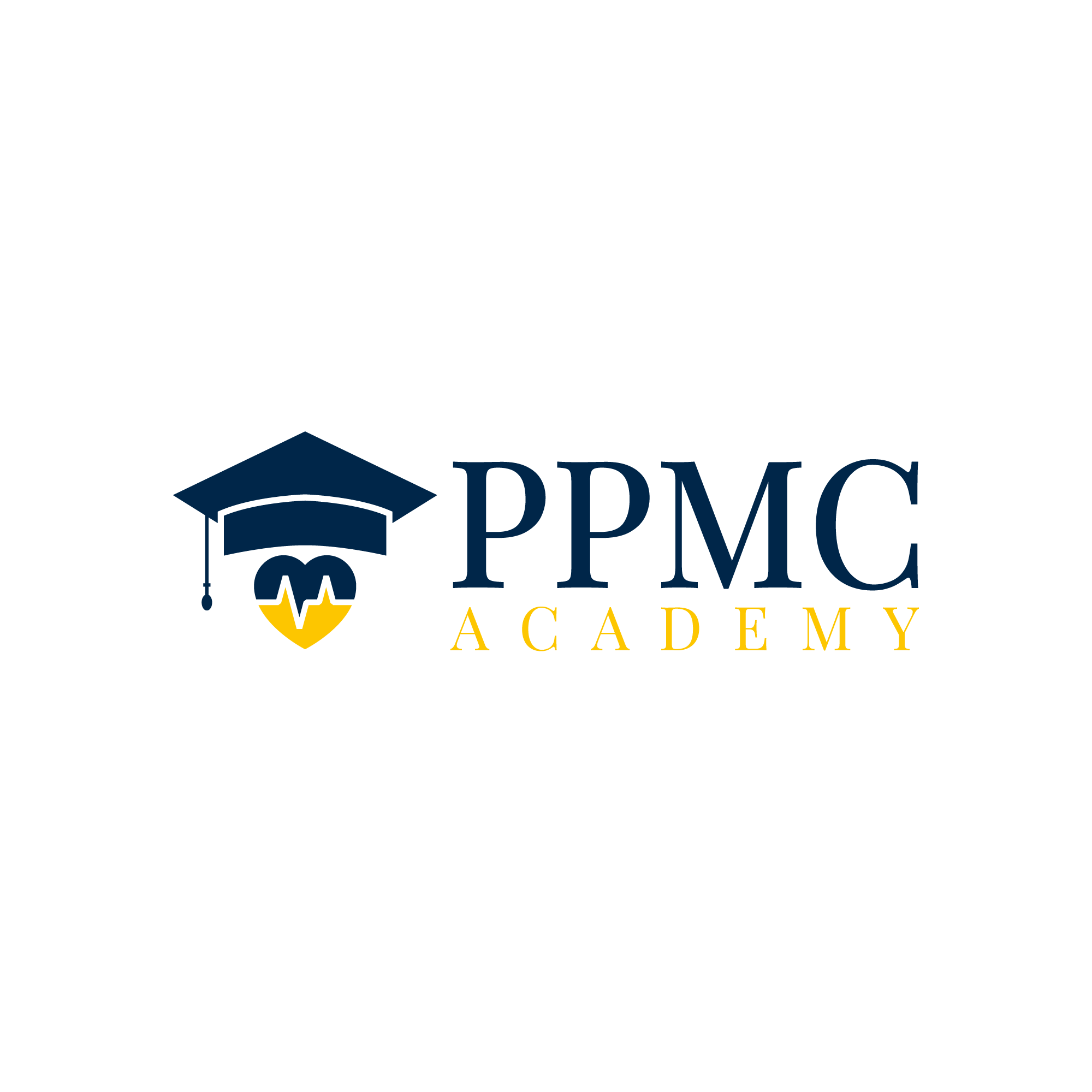About Transitional Care Management Services
Transitional Care Management (TCM) services, which is commonly referred to as Transition of Care (TOC), help eligible patients transition back to a community setting after a stay in certain facilities. These services are covered by Medicare, Medicare replacement plans and other plan types. You should always check your payor guidelines for patient eligibility requirements. In this post, we will focus on the Medicare guidelines. These guidelines explain where the patient may be discharged from, where they are discharged to, when the clinic should contact the patients, when the patient must be seen by the eligible provider, and documentation requirements.
Discharge From Locations
Medicare may cover TCM services during the 30-day period that begins when the patient is discharged from one of the following facilities:
- Inpatient acute care hospital
- Inpatient psychiatric hospital
- Inpatient rehabilitation facility
- Long-term care hospital
- Skilled nursing facility
- Hospital outpatient observation or partial hospitalization
- Partial hospitalization at a community mental health center
Discharge to Community Settings
- Home
- Domiciliary
- Nursing Facility
- Assisted Living Facility
Initial Contact with the Patient of Caregiver
The provider or the provider’s clinical staff (i.e., Medical Assistant (MA), Licensed Vocational Nurse (LVN), Registered Nurse (RN)) must contact the patient or their caregiver by phone, email, or face-to-face within 2 business days after the patient’s discharge from the eligible facility type. The contact must be performed by clinical staff who can address the patient’s status and needs beyond scheduling an appointment. This is the reason why most initial contacts are made by the clinical staff versus the front office personnel. If you are unable to contact the patient or caregiver within 2 business days, and all other TCM requirements were met, then you must document a minimum of 2 unsuccessful separate contact attempts.
For example, your clinic was notified of a patient being discharged on Monday, October 9, 2023. Your LVN called the patient on October 9, 2023, after the discharge, and left a voice mail message advising the patient to contact the office. Then on October 10 and 11, 2023, your RN also attempted to contact the patient and left a voice message as well. Finally, on October 12, 2023, your LVN was able to connect with the patient, obtain the pertinent clinical information from the patient (i.e., current medications, confirmation of the discharge to location) and scheduled the face-to-face visit with the provider for Friday, October 13, 2023. Even though the patient was not contacted directly within the 2 business days of the discharge, you may still proceed with the TCM services if the clinical staff members documented the attempts made on October 9th, 10th and/or 11th in the appropriate section of the patient’s medical record.
Eligible Providers
TCM services include face-to-face visits and non-face-to-face services provided during the 30-day period. The following providers are allowed to perform and bill TCM services:
- Physicians
- Non-physician practitioners (NPPs)
- Nurse Practitioners (NPs)
- Physician Assistants (PAs)
- Certified Nurse-midwives (CNMs)
- Clinical Nurse Specialists (CNSs)
NPPs may provide the service under their own National Provider Identification (NPI) number or incident to a physician services as determined by your state law and practice guidelines.
Face-to-Face Visit
The eligible providers shown above must provide 1 face-to-face visit within the timeframes described by the following CPT® codes:
99495 – Transitional care management services with the following required elements: Communication (direct contact, telephone, electronic) with the patient and/or caregiver within 2 business days of discharge, Face-to-Face visit with at least moderate level of medical decision making during the service period within 14 calendar days of discharge
99496 – Transitional care management services with the following required elements: Communication (direct contact, telephone, electronic) with the patient and/or caregiver within 2 business days of discharge, Face-to-Face visit with High level of medical decision making during the service period within 7 calendar days of discharge
Effective January 1, 2023, the levels of medical decision making are defined by the American Medical Association’s (AMA) CPT® E/M Guidelines. Therefore, the assignment of TCM codes are based on the following 3 elements of medical decision making: Problems, Data, and Risk.
- Problems: The number and complexity of problems that are addressed during the encounter
- Data: The amount and complexity of data to be reviewed and analyzed, like external medical records, diagnostic tests ordered or reviewed, need for an independent historian, and other data items shown in the AMA CPT® Guidelines.
- Risk: The risk of complications and morbidity or mortality of patient management
Billing TCM Services
- Only 1 physician or NPP may report TCM services
- Report the services once per patient during the TCM period
- You may separately report medically necessary and reasonable E/M services
Physician or NPP Medication Reconciliation and Other Non-Face-to-Face Services
The provider must provide medication reconciliation and management on or before the face-to-face visit date. Additionally, the physician or NPP must document the following non-face-to-face services when performed:
- Review of the discharge summary
- Review the patient’s need for, or follow-up on diagnostic tests and treatments
- Interact with other health care professionals who may assume or reassume care of the patient’s system-specific problems
- Educate the patient, family, guardian, or caregiver
- Establish or re-establish referrals and arrange needed community resources
- Help schedule required community providers and services follow-up
Clinical Staff Role Under Physician or NPP General Supervision During the 30-Day TCM Billing Period
The clinical staff may provide the following services under general supervision during the TCM Billing period:
- Communicate with the patient
- Communicate with agencies and community service providers the patient uses
- Educate the patient, family, guardian, or caregiver to support self-management, independent living, and activities of daily living
- Assess and support treatment adherence, including medication management
- Identify available community and health resources
- Help the patient and family access needed care and services
TCM Services Documentation Checklist
- Patient’s discharge date
- Date of the Initial Interactive Contact with the patient or caregiver within 2 Business Days (Include Unsuccessful attempts if made after the 2 business days)
- Review of the discharge summary
- Medication reconciliation and management
- Face-to-Face visit date
- Medical decision making (moderate or high)
Test Your Knowledge
For those of you who are familiar with Transitional Care Management Services, click on the “TCM Assessment” link below and put your TCM coding knowledge to the test.
For additional information on Transitional Care Management Services, visit the CMS website at: https://www.cms.gov/files/document/mln908628-transitional-care-management-services.pdf. Or you may also enroll in our Family Medicine Series or Medical Billing class to learn how to document and assign TCM and other services performed in a family medicine setting. Contact PPMC Academy at 855-996-PPMC (7762) for more information on this series.
CPT® is a registered trademark of the American Medical Association. All rights reserved.

